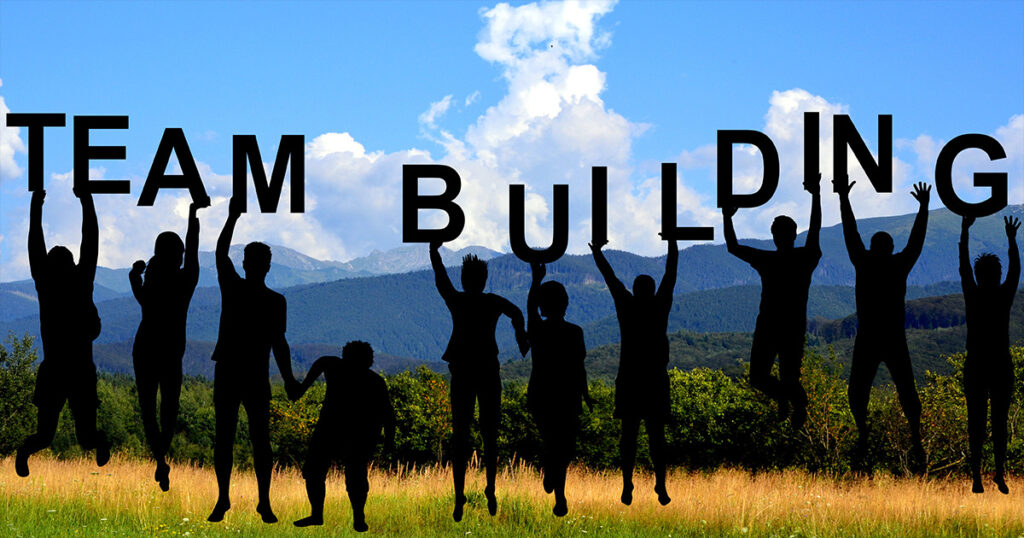Internationally, the majority of businesses are adopting a mix of hybrid and remote work models. This is also becoming more common in many Pakistani businesses, where it suits the business format.
However, in workplaces where on-site is still mainstream, it’s easy for both employers and employees to underestimate the power of physical workspaces in shaping a company’s work culture. An office design influences team dynamics, and the right workspace can make or break social connections and team bonding.
We are all social animals. Personality traits like introversion or extroversion aside, people enjoy being with people. Progress in digital tools as substitutes for human connection is not enough. In many Pakistani offices, we often see rigid office layouts that reflect hierarchy rather than collaboration. However, where employee well-being and engagement are central to everything, designing with intention can build a strong sense of community.
Importance of Social Connection at Work
Before we explore why workspaces influence employee connection, let’s discuss why it’s so important.
Social connection is a key part of employee engagement, productivity, and mental well-being. When people feel like they belong at their workplace, they’re more likely to stay, contribute ideas, and support their teammates. In fact, studies show that employees with strong social bonds are 50% more likely to stay at a company longer and report higher job satisfaction.
In a local context, Pakistani employees often thrive in social environments, drawing strength and motivation from casual chats over chai or spontaneous birthday celebrations. Our workplace culture already has a natural foundation for connection, we just need to design around it.
Step 1: Move Beyond Cubicles
Traditional office layouts, like cubicles and closed cabins, limit interaction. While privacy is important, silos kill creativity and collaboration. A better alternative is an open-plan layout with zones for quiet work and quick catch-ups.
Offices that have shared workstations and flexible seating have experienced departmental rigidity and made cross-team collaboration much easier. Designers, marketers, and sales staff suddenly found themselves talking more, resulting in better campaign alignment and team morale.
Word of Caution: Avoid going fully open-plan. Without quiet zones, employees can feel distracted or overwhelmed. Balance is necessary.
Step 2: Create Purposeful Social Spaces
Break rooms shouldn’t feel like afterthoughts in the workspace. To encourage bonding, turn break areas into warm, inviting lounges with natural lighting, plants, board games, and tea and coffee stations.
These break areas can be used for casual activities, the weekend tea or breakfast catch-up, or the mandatory birthday celebrations. Some offices also host semi-formal meetups for teams to mingle. These simple sessions can lead to surprising friendships across departments.
Want more team engagement tips? Check out our blog on How Laughter and Humor Improve Employee Well-being.
Step 3: Have Huddle Rooms for Collaboration
The days of formal, ornate boardrooms are almost over. Today, vibe is what matters. Having small, informal meeting spaces equipped with whiteboards, bean bags, and soft lighting is more effective. These “huddle rooms” prove to be perfect for brainstorming or just catching up on a joint project without the pressure of a formal meeting.
The result? More spontaneous collaborations and fewer Zoom calls for things that could be solved in 10 minutes over coffee.
Step 4: Celebrate Each Other, Together
It is widely encouraged to celebrate team wins with a meetup and not just over a formal email. This helps to boost morale and gives employees a sense of achievement and appreciation. Having a physical representation of team spirit encourages people to celebrate each other, strengthening bonds without forced activities.
Many workplaces have an appreciation board, a new term that takes on the traditional notice board. Employees get to contribute to how this space is managed and evolves. It creates a sense of ownership and keeps it relevant to employees’ interests.
Step 5: Design for Diversity and Inclusion
Employers need to be aware that supporting social connection means making everyone feel welcome, from interns to C-level executives. Having gender-sensitive spaces, prayer rooms, and quiet zones for employees who need help with a task, some quiet time, or guidance from a manager or a peer.
For tips on how to build a more inclusive, harassment free company culture, read Effective Strategies for Preventing Sexual Harassment in Pakistani Workplaces.
Step 6: Use Tech Effectively
In hybrid setups, not everyone is in the office at the same time. It usually pays off to have high-quality video conferencing facilities in a few shared areas, plus a digital suggestion board where people could drop team activity ideas or appreciation notes, even remotely. This usually allows for a better connection between employees working in different work modes.
Design with Heart, Not Just Aesthetics
Workspaces aren’t just about furniture and layouts, they are about how people feel in them. As working professionals, we have a responsibility to advocate for environments that encourage human connection, not just KPIs.
Whether it’s a cozy break room, an interactive bulletin board, or just more opportunities for spontaneous conversations, thoughtful workspace design helps people feel like part of something bigger. And in today’s fast-changing work culture, that sense of connection is more important than ever.
Final Thoughts
If you are thinking about revamping your workspace, don’t be shy about starting small, especially if budget is an issue. Make sure to talk to employees, observe how they interact, and ask what spaces they wish they had. A connected team is a productive, loyal, and happy one.
Designing for connection is not a one-time project, it is a mindset.

Sadia Zaheer holds a Masters in Business Administration from IBA, Karachi. After working in several financial institutions in Client Management, Corporate Lending, Islamic Banking and Product Management she jumped careers to pursue a career in writing.
She is a Finance, Business and HR Development writer with four years of experience. She reads a lot and takes care of her multiple cats to remain calm.



